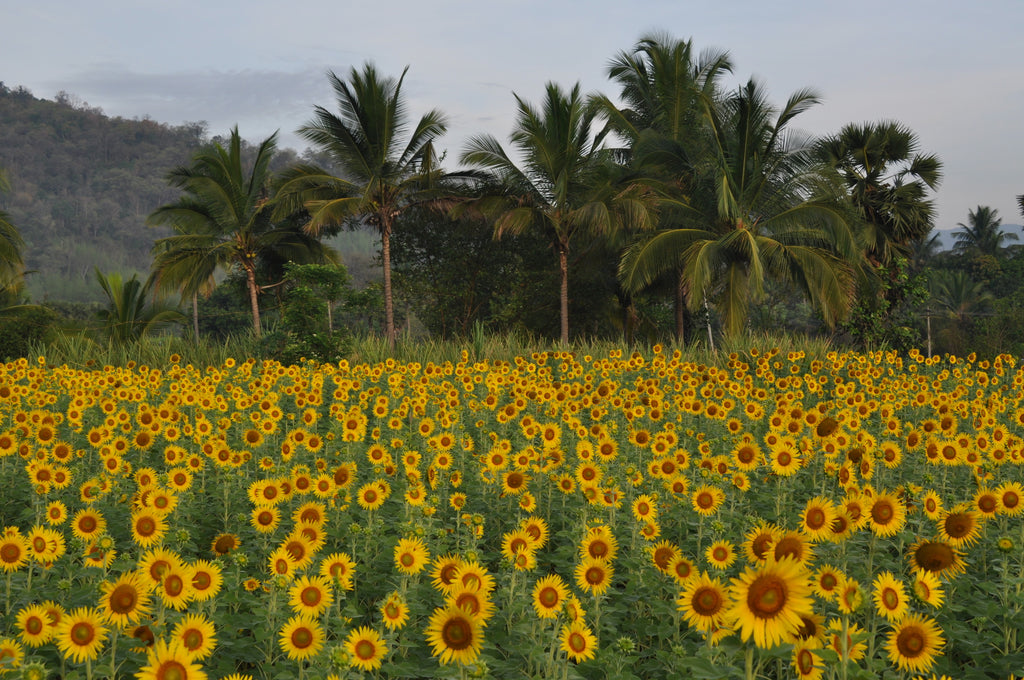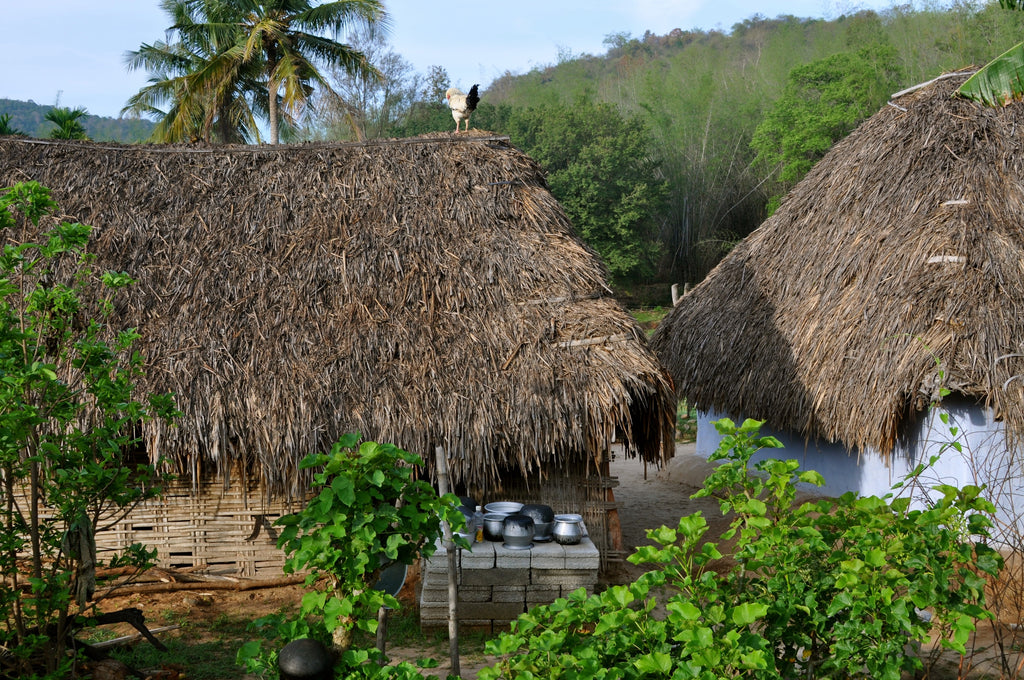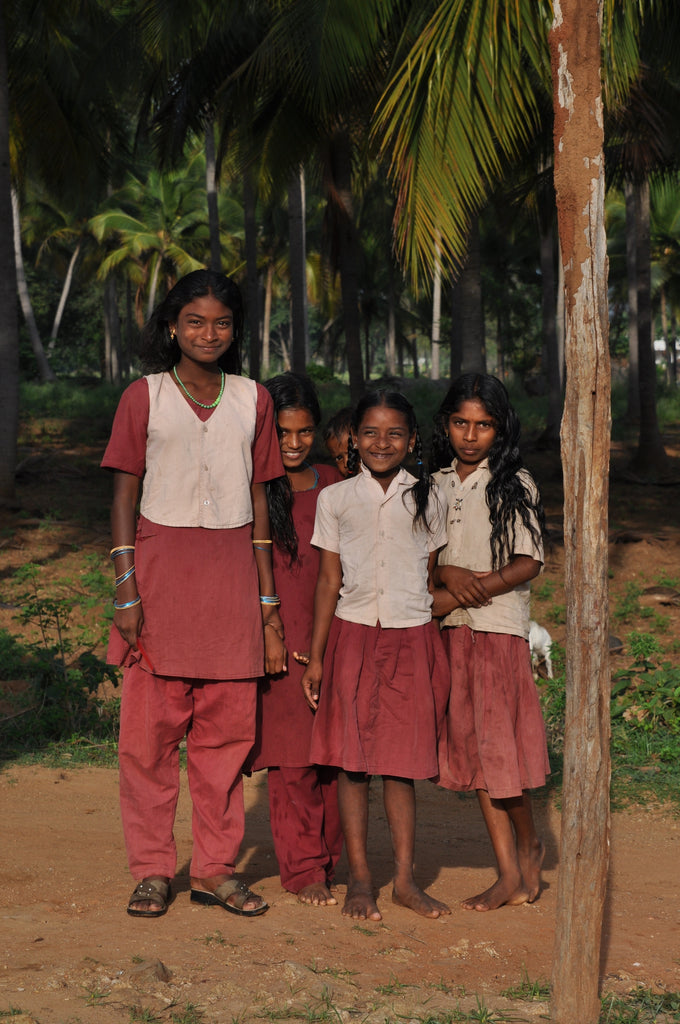Your Cart is Empty

Over the past few years, we have spent many weeks working with the Lambadi community settled in a valley in the northwestern part of Tamil Nadu. We spend our days with them working together on design, color and stitch ideas, getting to know the individual women through their stories and learning about the processes involved in creating the hand embroidered pieces that are part of our collection. Even though we have been visiting these women since 2011 and it feels so familiar to arrive in the village every time, there is always something to discover or to learn.
Led by a few elders in the community, this group, consisting of around 50 artisans, has been striving to keep their traditional craft alive, preserving and passing on this heritage to future generations. Traditional designs would have been colorful and geometric. Floral patterns would have also been used to adorn clothing and household accessories. Jumma one of the oldest artisans, who must now be close to 75, recalls the days when embroidery and cooking skills were important for a young bride to be able to demonstrate the family she newly married into. The stitches that were used once had special meanings, the knowledge of which however has been lost over time. What still remains strong are the Lambadi ways of living and their unique Lambadi dialects.
Life in the village communities that are dispersed throughout the fields of crops is simple. Houses are roofed with thatch and mostly one story. The family's livestock, when not out grazing or helping to plow the fields, are tethered outside on their small front “terraces.”
The women start their days early, gathering water and grinding the spices which will be used to season the day's meals. Wood is gathered to feed the fires where much of the cooking is done. The men spend their time in the fields, harvesting the season's crops or coaxing their bullocks around in order to till their soil.
The nature around here is quite abundant, especially in times of good monsoon. Turmeric is plentiful as are different millets, and, depending on the season, sugar cane and corn are also grown. Irrigation means that crops can now be grown year round. We really value the time we spend here in this serene setting, working with these talented woman and being able to have a glimpse into their future.






